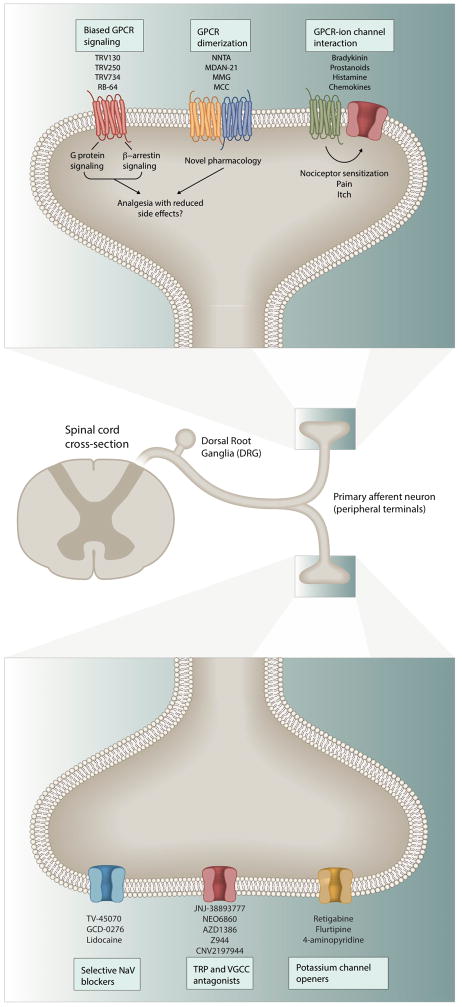Figure 2. Peripheral analgesic drug discovery targets.
The peripheral terminals of primary afferent nociceptor neurons express GPCRs and various ion channels that mediate transduction of different sensory modalities, some of which have specific coupling and signaling features that offer new opportunities for novel drug classes. GPCRs can utilize both G-proteins and β-arrestins as secondary messengers and biased ligands can engage particular signaling to get increased efficacy and reduced adverse effects. GPCRs can also physically complex with other receptors leading to the formation of homomers or heteromers and also functionally interact with ion channels such as TRPV1, TRPA1, GIRKs, etc. Anti-NGF (nerve growth factor) antibodies have also been developed with the intent to alleviate certain pain modalities by blocking activation of the TrkA receptor. In addition, inhibitors for sodium and calcium channels (TRP and votage gated calcium channels) and potassium channel openers have been developed with intriguing pharmacology. We list ligands for some of these targets that are currently in analgesic clinical trials.

